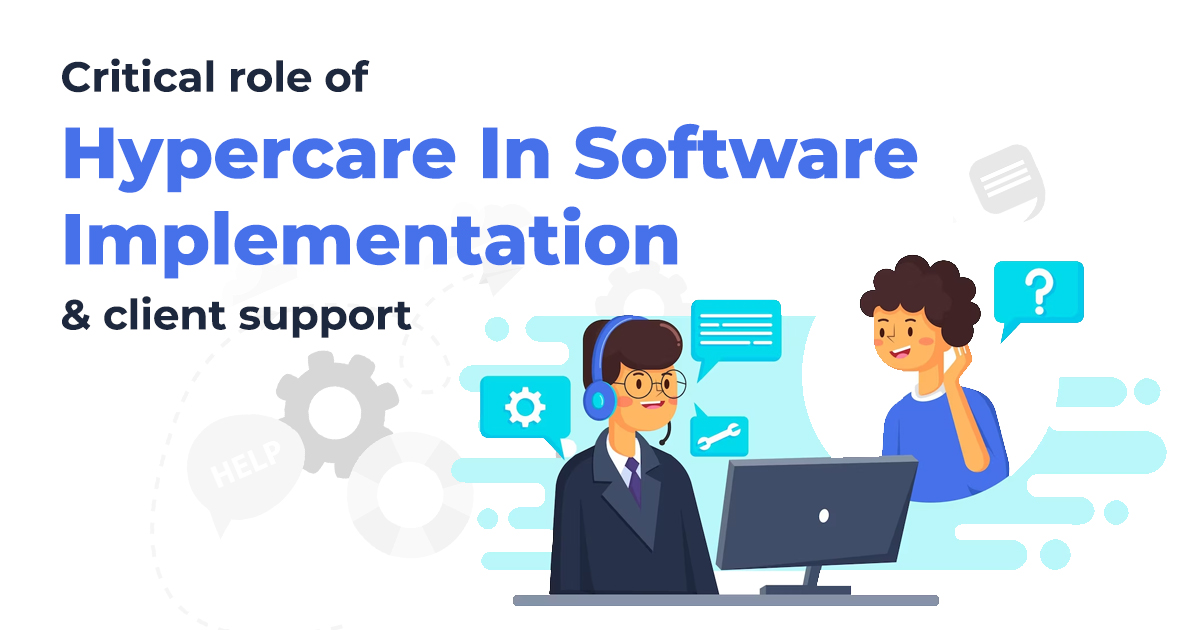Low code development – A quick introduction for IT businesses
April 21, 2021 4:53 pm | by Harish Ramchandani | Posted in Tech
The IT industry is defined by its dynamic nature where new technology is under the wraps to replace or enhance the current technologies’ features. As a Technical Project Manager at one of the fastest-growing software solutions companies in India, it is important to keep an eye on trends that are making waves and bringing innovation to development tools and technologies. One such fierce up-and-coming entrant is the low code development concept.
What is low code development?
It is a development platform providing the developer with an environment to build applications using graphical user interfaces instead of traditional software coding. It aims to speed up the application delivery process as developers of varied coding experiences can use the platform to create applications. Such platforms are also called low code development platforms (LCDPs). Similar to when you simply drag-n-drop various required geometrical shapes/elements onto a canvas, then connect them together and just fill in the text within to create a complete flow-chart!
Why are the low code development platforms gaining popularity?
The reason behind the rise of low code development platforms is that it addresses the following main challenges currently faced by the IT industry.
High dependency on legacy systems. Legacy systems are outdated pieces of hardware or computer software helping the company survive but not providing room for growth. The IT managers are unable to drive digital transformation and reap the benefits of modern technologies because of large amounts of resources invested in maintaining the legacy systems.
Shortage of skilled developers. Software development companies cannot meet the increasing industry demands due to a lack of IT professionals and accomplished developers. Companies are trying to combat this shortage by implementing learning and development strategies to add new skills to current engineering teams’ tech stacks. Still, the industry demand is way higher than the actual capacity.
Slow delivery of custom applications. Continuous demand for new features and fixes in existing software applications and limited capacity in the IT department are resulting in a forever-growing backlog for the development teams. They are overloaded with the backlog resulting in the slow release of custom applications. And the company does not have the bandwidth to take on new projects, thereby limiting its growth prospects. The LCDPs are helping the IT industry also come over other roadblocks like limited efficiency, slowed innovation, etc. But the question remains: are these platforms delivering benefits?
What type of benefits does LCDP bring to the table?
1. Low coding efforts: True to its name, the low code development platforms offer catalogs of features and pre-built components that developers can use instead of hand-coding the entire system from scratch. This helps in speeding up the development efforts and makes the code less prone to errors as compared to traditional programming. However, these platforms also provide developers the option to code functionalities that are not available in the low code design library.
2. Improved time-to-market: Since the low code platforms boost the coding efforts, there is a direct impact on the timely delivery of new applications, features, and updates. Pre-built UI templates, data models, drag and drop functionality, business processes, etc., contribute to its speed enabling capabilities. Many industry experts have claimed that LCDPs can help organizations deliver applications in days, not weeks.
3. Focus on work that matters: The developers can dedicate the available time working on complex and highly relevant projects instead of spending precious hours writing menial and repetitive codes.
4. Easy prototyping: The usual way of presenting stakeholders with an idea is through PPTs, which is ineffective. The readymade components and the drag and drop functionality of low code platforms make it easy and fast to create prototypes. Hence, making an impact on their decision-making.
5. Making coding accessible: Low code development platforms empower citizen developers to create applications. Citizen developers are individuals with relevant business knowledge but little-to-no coding experience. The visual approach to application development provided by LCDP allows personnel even with moderate technical skills to contribute to application development and delivering software that fits the end user’s requirement.
6. Standardization and consistency: Standard coding practices and consistency (in code structure, program flow, asset management and code libraries across the platform) are an essential part of every software application. LCDPs inherit these features due to the use of pre-built components. Hence, developers create applications with minimum coding efforts and almost nil errors.
The low code development platforms also offer many other pros like agility, easy maintenance, cost-saving, future-ready applications, etc.
Is it the correct way to go?
When I first read about the low code application development idea, it impressed me because I could see the profits this concept could bring to an enterprise. But it dawned upon me that eliminating coding basics from the development cycle could render the future generation of developers technically disabled!
The current developer generation can tackle any coding issues, from basic to advanced, due to a sturdy knowledge of basic concepts. Modern technologies eliminate the need to learn basics by simply presenting pre-cooked codes for developers to copy and paste, thereby making them less resilient to programming challenges.
What is your view on this excess ease in coding? Can it cripple the very foundation of the software development industry? Share your thoughts with me at hello@sarvika.com
Written by Harish Ramchandani
Harish is a Senior Technical Analyst at Sarvika Technologies, who helps in bridging the gap between our clients and the team through his decade-long experience in technical requirement gathering, project management and coordination. He’s a Commerce & Information Systems graduate, holds a CCNA certification, and has led CMMI Level-3 implementation. Harish’s work motto is simple, quality is of prime importance even if at times it means stretching certain deliverables. His days off from work are spent listening to music, reading Calvin & Hobbes comic strips and spending quality time with his daughter who undoubtedly is the nucleus of his existence.




